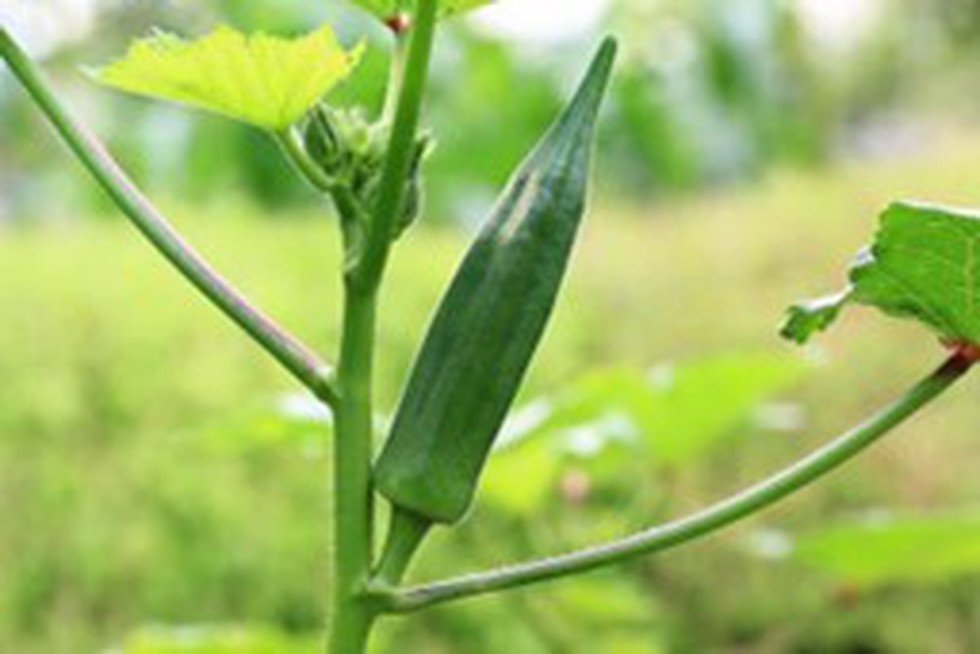About the Abelmoschus Odishae:
- It is a new plant species of ‘wild okra’.
- It was discovered in a moist deciduous forest in Banspal block in Keonjhar district, Odisha.
- It can be used for hybridisation to create a better variety with high disease resistance.
- It can also play a vital role in widening the genetic base of okra.
- Features:
- It is a perennial shrub up to 5 metres high with a densely hispid, prickly stem with retrorse hairs.
- It has large, deep yellow flowers.
- It has sub-reniform seeds with short, stout, and non-spiral trichomes.
- It also has a seed viability of 95 percent.
What is Okra?
- Okra, also known as gumbo or ladies’ fingers, is a warm-season vegetable.
- It is native to the tropics of the Eastern Hemisphere and is widely cultivated or naturalised in the tropics and subtropics of the Western Hemisphere.
- It comes in green and red varieties.
- It is part of the mallow family of botanicals, which also includes cocoa and cotton.
- It is a good source of minerals, vitamins, antioxidants, and fibre.
- Okra has a mild taste and a unique texture, with a peach-like fuzz on the outside. Inside the pod are small, edible seeds.
- It contains a sticky juice that people use to thicken sauces.
Key Facts about the Indian Council of Agricultural Research (ICAR):
- It is an autonomous organisation under the Department of Agricultural Research and Education (DARE), Ministry of Agriculture and Farmers Welfare, Government of India.
- Formerly known as the Imperial Council of Agricultural Research, it was established on 16 July, 1929, as a registered society under the Societies Registration Act, 1860.
- It is responsible for coordinating agricultural education and research in India.
- With 113 ICAR institutes and 74 agricultural universities spread across the country, this is one of the largest national agricultural systems in the world.
- Headquarters: New Delhi.
